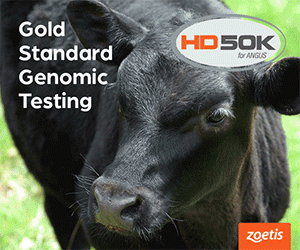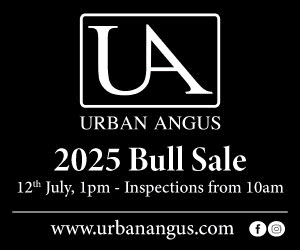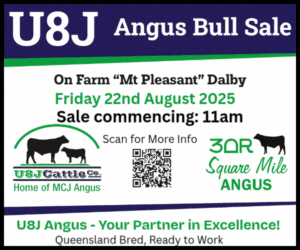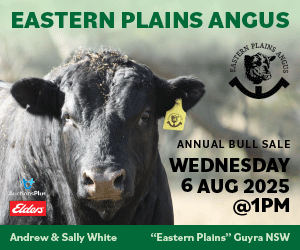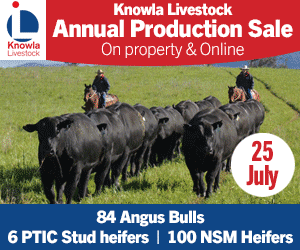Collecting Mature Cow Weights
Weights recorded for cows at the same time as the 200 day weights are recorded for their calves are used to calculate Mature Cow Weight EBVs within the TransTasman Angus Cattle Evaluation (TACE).
Recording mature cow weight data
Mature cow weights should be recorded using appropriate (and accurate) scales. Do not guess/estimate weight or use measuring tapes to calculate weight. Either weigh the cows using appropriate scales or don’t record weights. Mature cow weights should be recorded to the nearest kilogram.
When should mature cow weights be collected?
The mature weight for a cow needs to be recorded at the same time as the 200 day weight is taken for its calf.
TACE will only analyse the weight of a mature cow if the cow has a calf with a weight recorded within 2 weeks of when the mature weight was taken and further, the calf was between 80 – 330 days of age when it was weighed.
There is no need to weigh cows that have not raised a calf to 200 days. Weights on these cows will not be analysed with the TACE genetic evaluation.
Management groups
Management groups work slightly differently for mature cow weights. If no management group
information is defined for a set of mature cow weights, the TACE analysis will use the management groups submitted with the 200 day weights of their calves to sub-group the weights of the cows. Therefore, if management group information has been correctly recorded with the 200 day weight performance for the calves, then a different management group only needs to be assigned to a cow that has experienced an effect on her weight that is different to that experienced by her calf. For example, if the cow was injured or sick.
If both the mature cow weights and the 200 day weights for their calves are submitted without management group information, the TACE analysis will assume all cows and calves have been run under similar management conditions.

- TACE can analyse up to 4 mature weights for each cow. Therefore, all cows with a calf at 200 days should be weighed each year. Do not try to “guess” whether a cow has had 4 weights taken previously – the TACE analysis will sort it out for you.
- Management group information should be specified for any cows or groups of cows that have been managed differently in previous years where the difference in management is still considerably affecting their weight relative to other cows born in the same year. For example, cows that may not have weaned a calf in the previous year, cows that have previously been part of the show team but are now part of the main herd, or in situations where cows of the same age were calved down at different ages (e.g. 2, 2.5 and 3 years of age).
- Mature weights should be recorded for all females in a mob on the same day. TACE will not directly compare mature weights for cows that have been collected on different days.
Angus Australia acknowledges the funds provided by the Australian Government through the Meat & Livestock Australia Donor Company (MDC).
This resource was created as a result of a collaboration between Angus Australia and Meat & Livestock Australia Donor Company (MDC) (Project P.PSH.1063).
Click here to print

